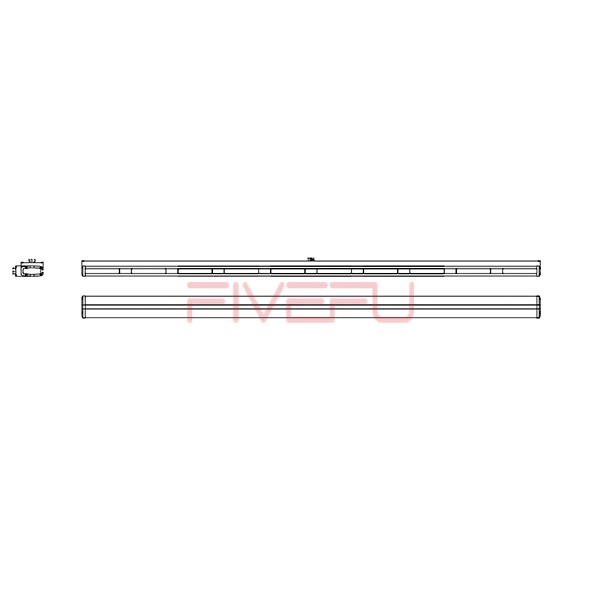In the realm of law enforcement, the importance of maintaining safety on the roads is second to none. Police cars, often at the forefront of ensuring public safety, are equipped with a range of specialized features, with warning lights being a fundamental component. In this article, we shall delve into the critical applications and significance of warning lights in police cars.
Guardians of the Road
Police cars serve as guardians of the road, enforcing traffic laws, responding to emergencies, and maintaining order. In these demanding roles, safety is paramount, both for the officers inside the vehicle and for the general public. Warning lights are the beacon of safety that ensures everyone on the road is aware of the police car’s presence and purpose.
Enhancing Visibility
The primary function of warning lights on police cars is to enhance visibility. Whether it’s a high-speed pursuit on a busy freeway or a nighttime traffic stop on a dimly lit street, police cars must be instantly recognizable. The combination of flashing lights, often in bright colors such as blue and red, ensures that the police vehicle stands out, even in the most challenging conditions.
Signaling Authority and Urgency
Warning lights on police cars serve as a visual declaration of authority and urgency. When officers activate their lights, it is a clear signal to other road users that they should yield the right of way and follow the instructions of the police vehicle. In emergencies, such as responding to accidents or crimes in progress, these lights convey the critical nature of the situation, allowing officers to navigate through traffic swiftly and safely.
Reducing Accidents
One of the primary objectives of warning lights is to reduce accidents involving police cars. By alerting other drivers to the presence of law enforcement vehicles and their actions, warning lights help prevent collisions. This is especially crucial during high-stress situations when split-second decisions can mean the difference between life and death.
Compliance with Regulations
The application of warning lights on police cars is subject to strict regulations and standards. These regulations vary by jurisdiction but typically dictate the type, color, and placement of warning lights. Adherence to these regulations is not only a matter of safety but also a legal requirement. Police departments must ensure that their vehicles are equipped with compliant warning light systems to avoid legal complications.
Types of Warning Lights on Police Cars
Police cars are equipped with a range of warning lights designed for specific purposes, including:
Emergency Light Bars: These iconic roof-mounted light bars feature an array of flashing lights, including red and blue LEDs, strobes, and alley lights, for maximum visibility and flexibility.
Grille and Bumper Lights: Lights integrated into the front grille and bumpers of police cars enhance visibility from different angles.
Interior Lights: In addition to external warning lights, police cars have interior lights to signal when officers are conducting traffic stops or handling incidents inside the vehicle.









